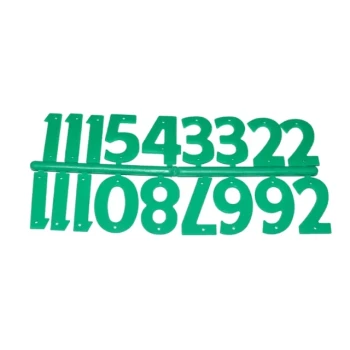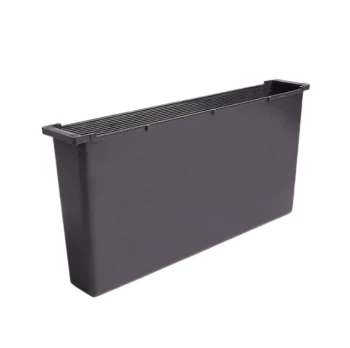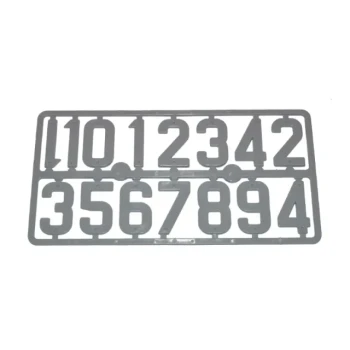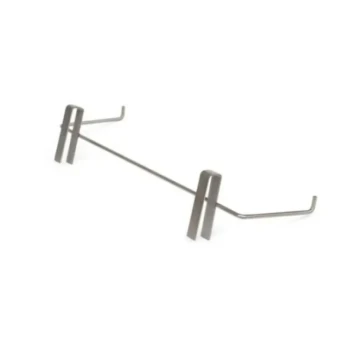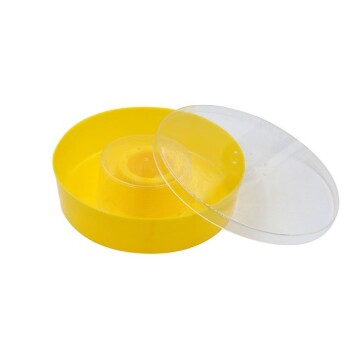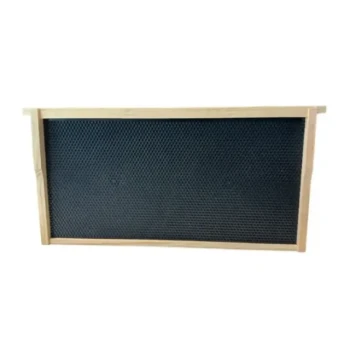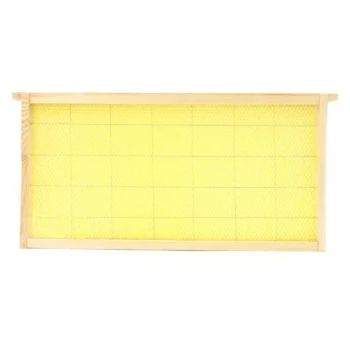For most beekeepers in North America, the Langstroth hive is considered the best and most practical choice. Its modular design and standardized, movable frames have made it the industry standard for over a century, simplifying management, inspections, and honey harvesting.
The concept of a single "best" hive is a misconception. The right choice is not about the hive itself, but about aligning the hive's design with your specific goals, physical abilities, and beekeeping philosophy.
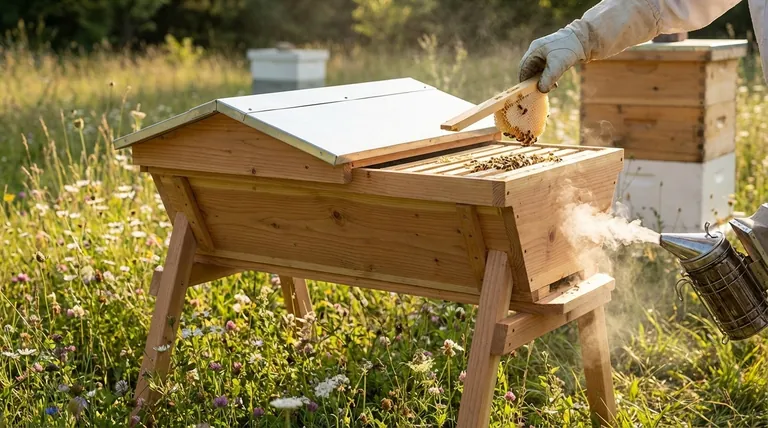
The Industry Standard: The Langstroth Hive
The Langstroth hive is the default for a reason. Its design, patented in 1852, revolutionized beekeeping by introducing the concept of "bee space," allowing frames to be moved without being glued together by the bees.
Why It Dominates: Modularity
The core strength of the Langstroth is its set of standardized, rectangular boxes that stack on top of one another. Deep boxes are typically used for the brood chamber where the queen lays eggs, and shallower boxes, called honey supers, are added on top for honey storage.
This modularity means parts are interchangeable and widely available from nearly any beekeeping supplier.
A Design for Management and Production
Langstroth hives are designed for the beekeeper. The removable frames allow for easy inspection of the colony's health, assessment of honey stores, and management of pests and diseases. This makes it an excellent choice for beginners learning to read a colony and for commercial operations focused on honey yield.
The Primary Drawback: Heavy Lifting
The main disadvantage, particularly for hobbyists, is weight. A shallow honey super can weigh 30-40 pounds, and a deep brood box can exceed 80 pounds. This can be a significant physical challenge and a barrier for individuals with back problems or limited strength.
Exploring Alternatives for Different Goals
If the weight of a Langstroth is a concern or you are drawn to a more "natural" style of beekeeping, other excellent options exist. These hives often prioritize a different philosophy.
The Top-Bar Hive: Natural and Accessible
A Top-Bar hive is a single, long horizontal box. Instead of full frames, bees build their comb down from simple wooden bars placed across the top.
This design means you only ever lift one comb at a time (around 5-8 pounds), completely eliminating the problem of heavy boxes. It's often favored by beekeepers who want to interfere less and harvest wax and honey together.
The Warre Hive: The Vertical Top-Bar
The Warre hive is a "vertical" top-bar system. It uses smaller, square boxes that are managed from the bottom, a practice called "nadiring." As the bees fill a box, you add a new empty box underneath, rather than on top.
This is meant to more closely mimic how bees build their nest in a hollow tree. While you still have to lift boxes, they are generally smaller and lighter than Langstroth equipment.
Understanding the Core Trade-offs
Choosing a hive is a matter of balancing competing factors. There is no hive that is the best at everything.
Management and Inspection
The Langstroth is the clear winner for ease of inspection. Its rigid frames are easy to remove, examine, and place back in the hive. Top-Bar comb is more fragile and can break more easily, requiring a slower, more deliberate handling style.
Physical Strain
Top-Bar hives are the easiest on your body. Lifting a single comb is far less strenuous than lifting an entire 80-pound Langstroth brood box. Warre hives are a middle ground, with boxes that are lighter than a Langstroth's but still require lifting the whole stack.
Honey Yield and Extraction
Langstroth hives are optimized for high honey yields. Their frames are designed to be spun in a centrifugal extractor, which harvests honey efficiently while preserving the drawn-out comb for the bees to refill quickly. Harvesting from Top-Bar or Warre hives typically involves cutting the comb from the bar, which provides beeswax but requires the bees to rebuild the comb from scratch.
Cost and Equipment Availability
Because the Langstroth is the standard, its components are mass-produced, widely available, and generally less expensive. Finding equipment, bees, and mentors for Top-Bar or Warre hives can be more challenging depending on your location.
Making the Right Choice for Your Goal
Select your hive based on what you want to achieve as a beekeeper.
- If your primary focus is maximizing honey production and following standard practices: The Langstroth hive is the most efficient and well-supported choice.
- If your primary focus is natural beekeeping with minimal heavy lifting: The Top-Bar hive is an excellent design that is gentle on your back and the bees.
- If you want a blend of natural comb and modular design: The Warre hive offers a unique, bee-centric approach that is less physically demanding than a Langstroth.
Ultimately, the best hive is the one that keeps you engaged and excited about the craft of beekeeping.
Summary Table:
| Hive Type | Best For | Key Advantage | Main Drawback |
|---|---|---|---|
| Langstroth | Maximizing honey production, standard practices | Easy inspection, high yield, widely available | Heavy lifting (boxes 40-80+ lbs) |
| Top-Bar | Natural beekeeping, minimal heavy lifting | Gentle on your back, single comb handling | Fragile comb, lower honey yield |
| Warre | A blend of natural comb and modularity | Bee-centric design, lighter boxes than Langstroth | Less common equipment & support |
Ready to Equip Your Apiary with the Right Hive?
Whether you're a commercial apiary focused on maximizing honey yield with Langstroth equipment or a distributor looking for reliable, wholesale-priced supplies, HONESTBEE is your trusted partner.
We supply durable, high-quality beekeeping supplies and equipment tailored for commercial operations and distributors. Let us help you build a more productive and profitable beekeeping business.
Contact HONESTBEE today to discuss your wholesale needs and get a quote!
Visual Guide
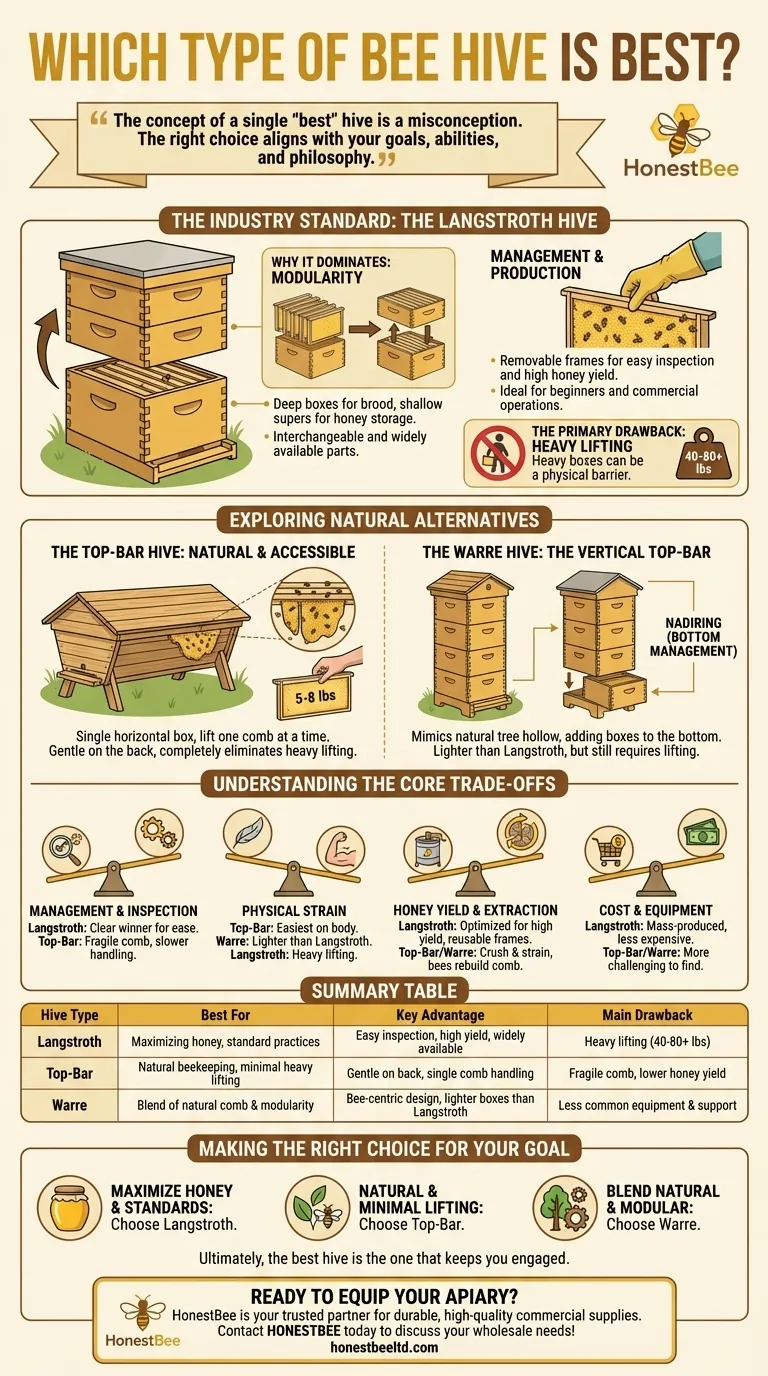
Related Products
- Long Langstroth Style Horizontal Top Bar Hive for Wholesale
- Wholesales Dadant Size Wooden Bee Hives for Beekeeping
- Professional Large-Format Hive Number Set for Beekeeping
- Plastic Bee Frame Beekeeping Hive Frames for Wholesale
- Professional Engraved Round Hive Number Tags for Beekeeping
People Also Ask
- What are the benefits of the top bar hive? A Guide to Ergonomic, Natural Beekeeping
- What is a top bar bee hive? A Natural, Low-Stress Beekeeping Solution
- How are entrances designed in top bar hives? Master Beehive Layout for Maximum Honey
- What are the benefits of a top bar hive? A Natural, Low-Impact Approach to Beekeeping
- What are the main differences between Langstroth hives and top bar hives? Choose the Right Hive for Your Beekeeping Goals


